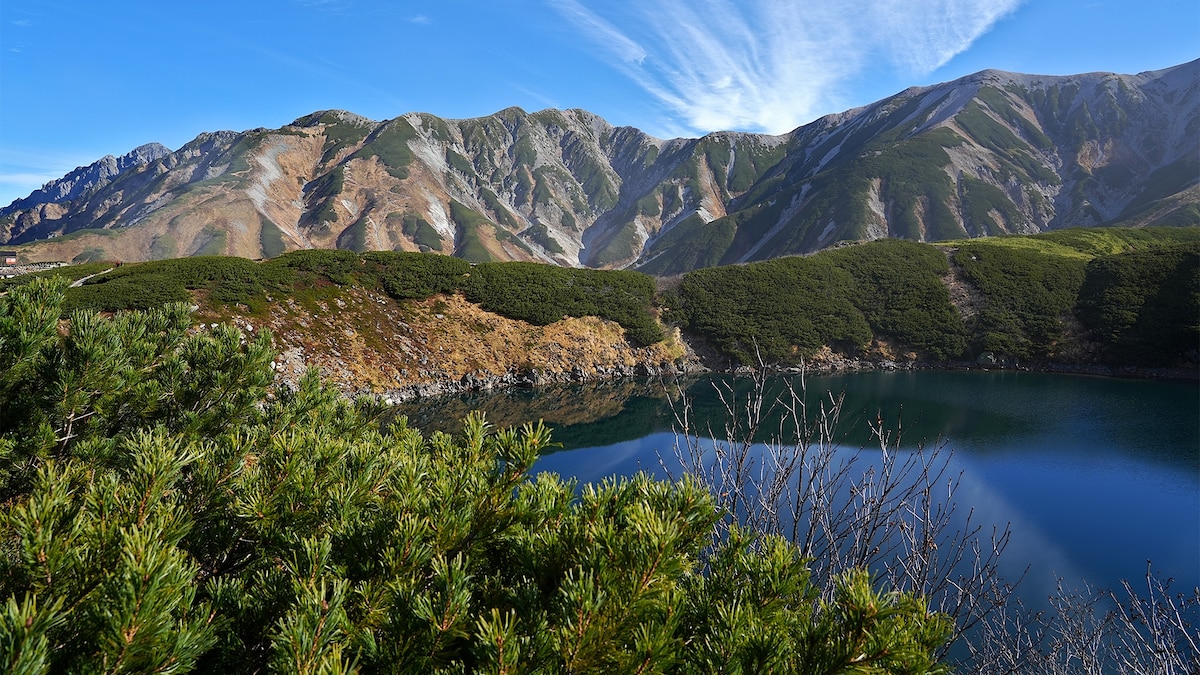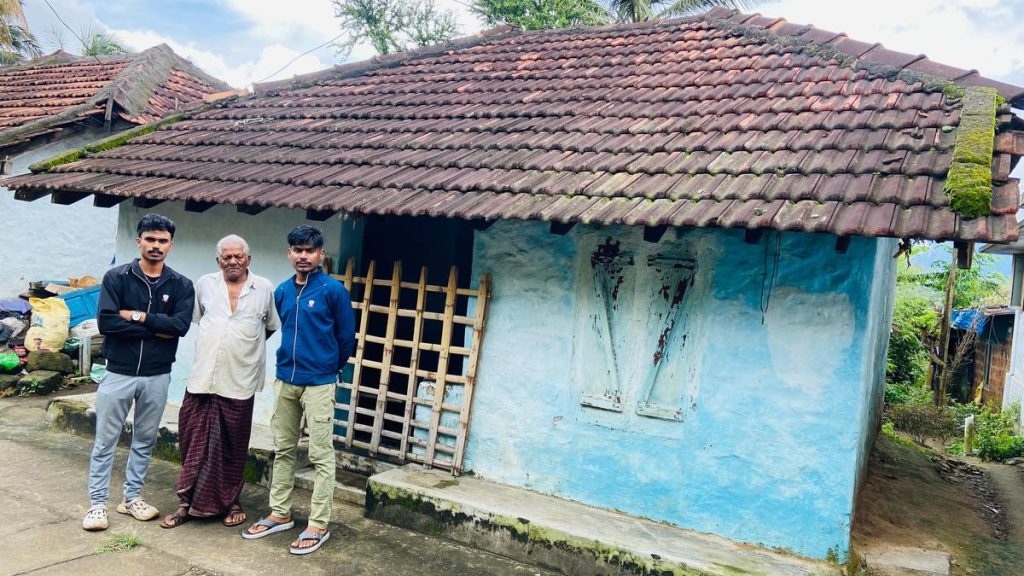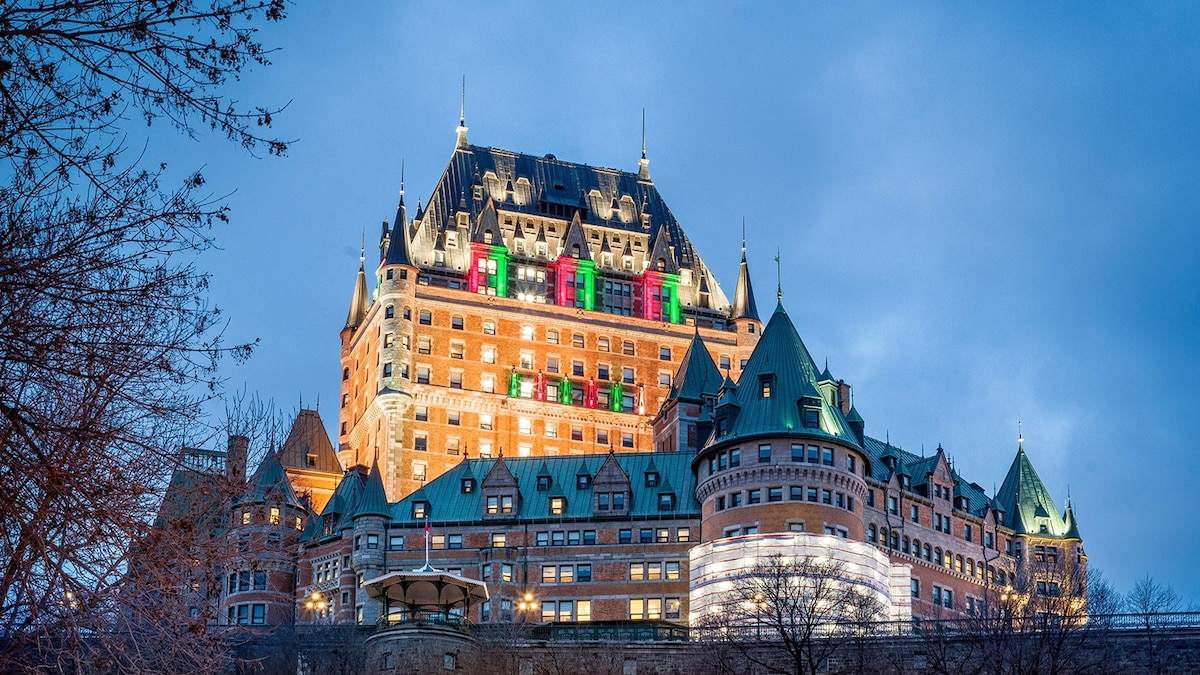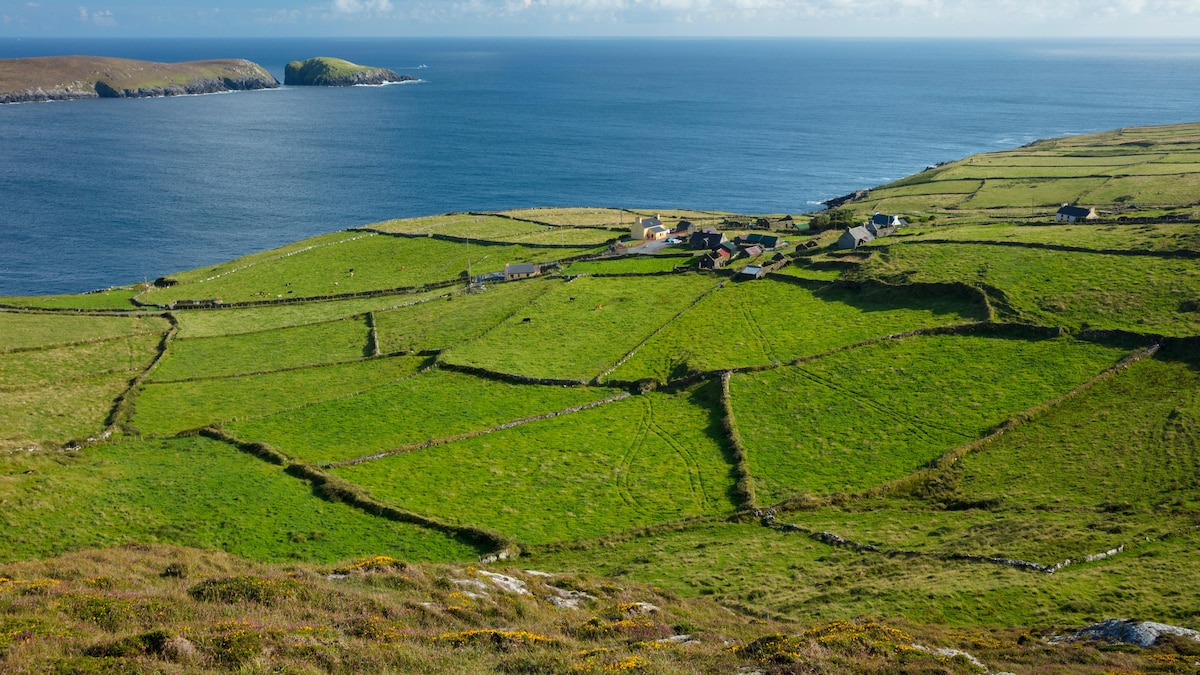Now Reading: Discover Japan’s Iconic Tateyama Kurobe Alpine Route
-
01
Discover Japan’s Iconic Tateyama Kurobe Alpine Route
Discover Japan’s Iconic Tateyama Kurobe Alpine Route

Rapid Summary
- The Tateyama Kurobe Alpine Route in Japan’s Northern Alps offers a mix of transport modes, including trains, buses, cable cars, and walking paths across 23 miles between Tateyama and Omachi.
- Key sights include Mount Tate (one of Japan’s three sacred peaks), the Snow Wall (visible April to June), Shomyo Falls (Japan’s tallest waterfall), volcanic terrain at Jigokudani, the Kurobe Dam (the tallest in Japan), and Nagano with its Buddhist Zenkoji temple.
- Travelers can extend their starting point to Toyama or endpoint to Nagano for seafood experiences or relaxing at onsen hot baths.
- Suggested duration is one to three days, with highlights such as night skies from Murodo’s high-altitude vantage points. Best travel seasons are Spring for snow walls (April-June), Summer for floral hikes (June-August), and autumn foliage displays (September-november).
Images present:
- Toyama harbor scene – Photograph by Getty Images.
- Shomyo Falls – Photograph by Yasunori Nakajo; Getty Images.
- Murodo highland transportation route – Photograph by Shino Ono; Getty Images.
Indian Opinion Analysis
The exploration of unique mountain trails like the Tateyama Kurobe Alpine Route is especially significant as India continues expanding its own eco-tourism initiatives amidst rising demand from domestic travelers eager to discover nature responsibly. Routes blending cultural history alongside natural wonders – akin to Mount Tate’s spiritual significance – align well with Indian tourism efforts promoting Himalayan pilgrimages and diverse ecological landscapes across Uttarakhand or Sikkim.
Additionally, sustainable infrastructures such as Japan’s electric buses and funicular railways illustrate practices India could consider integrating into sensitive regions like Ladakh or Arunachal Pradesh where balancing accessibility with environmental preservation is crucial.
While specifics like seafood offerings may not translate directly given culinary differences,adapting regional specialties paired with natural beauty could invigorate tourism further within India’s less-explored terrains while learning from globally prosperous models like the alpine route’s structured itinerary format.
























